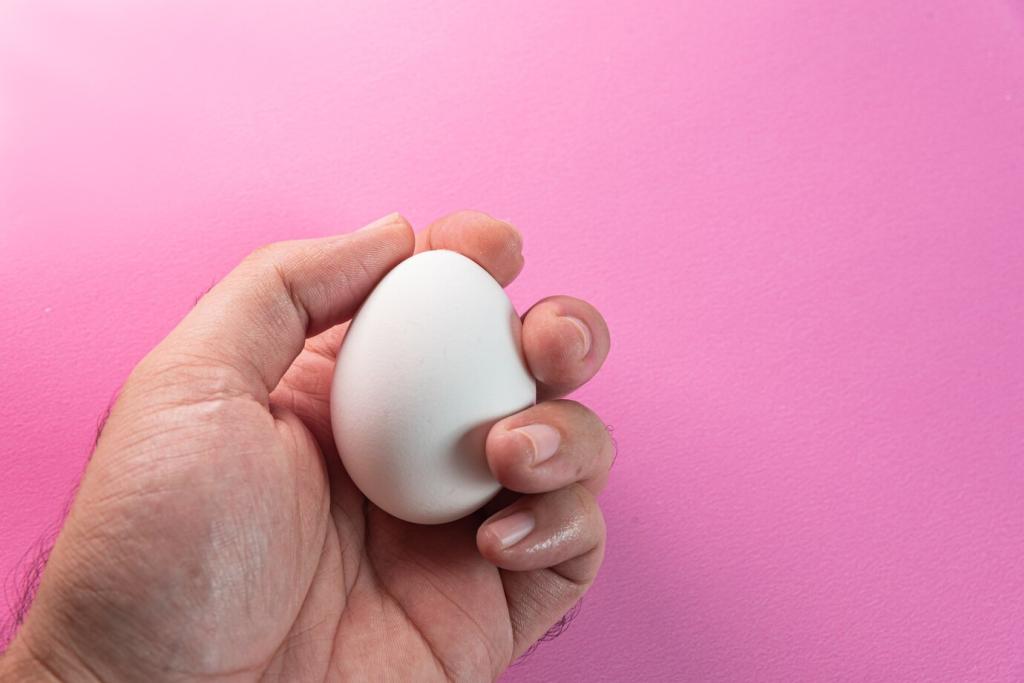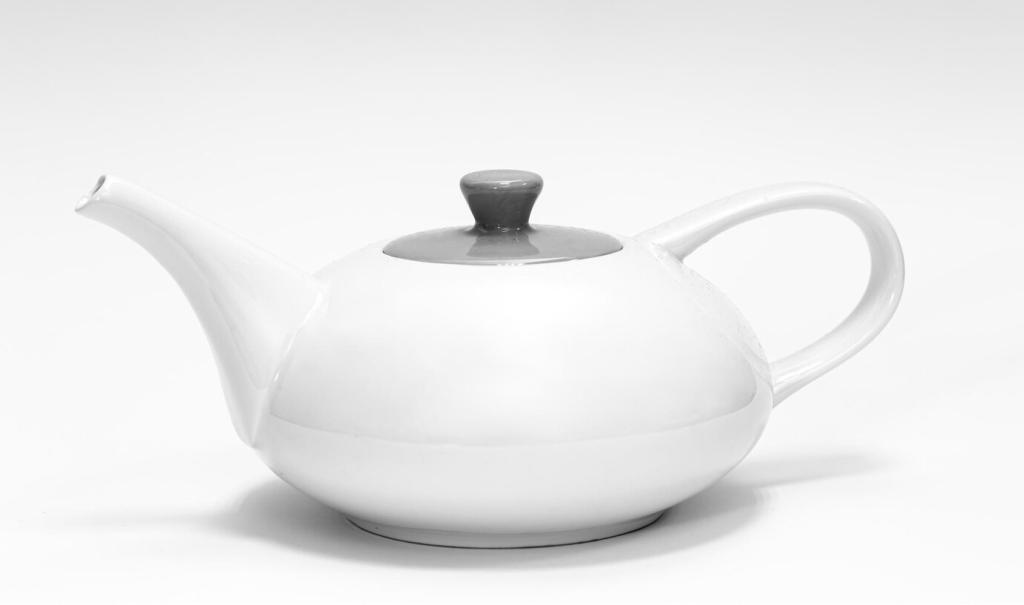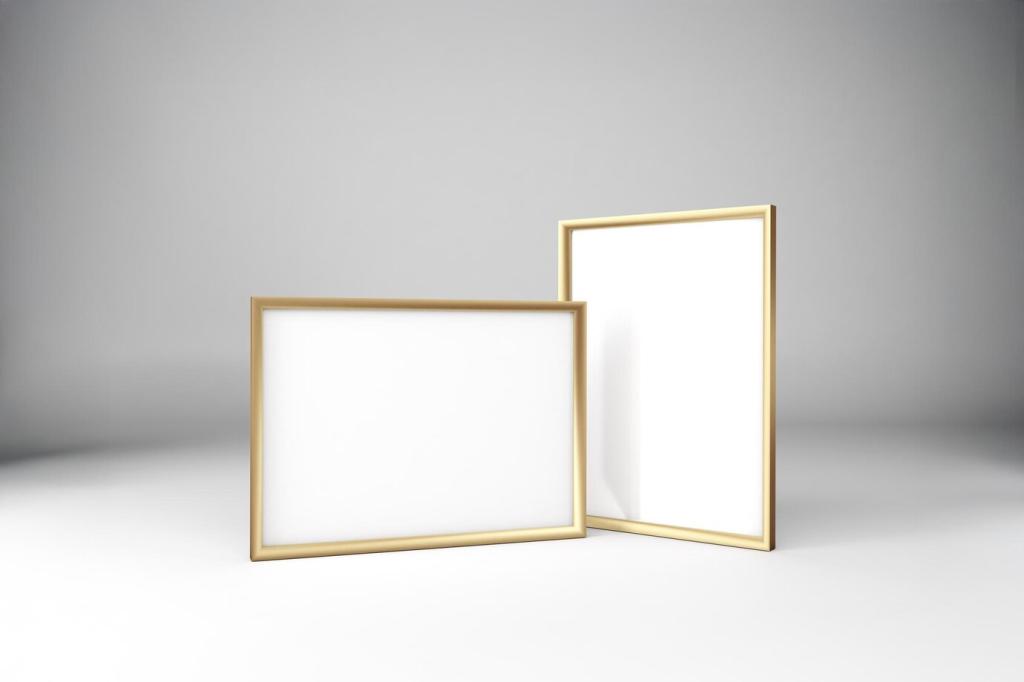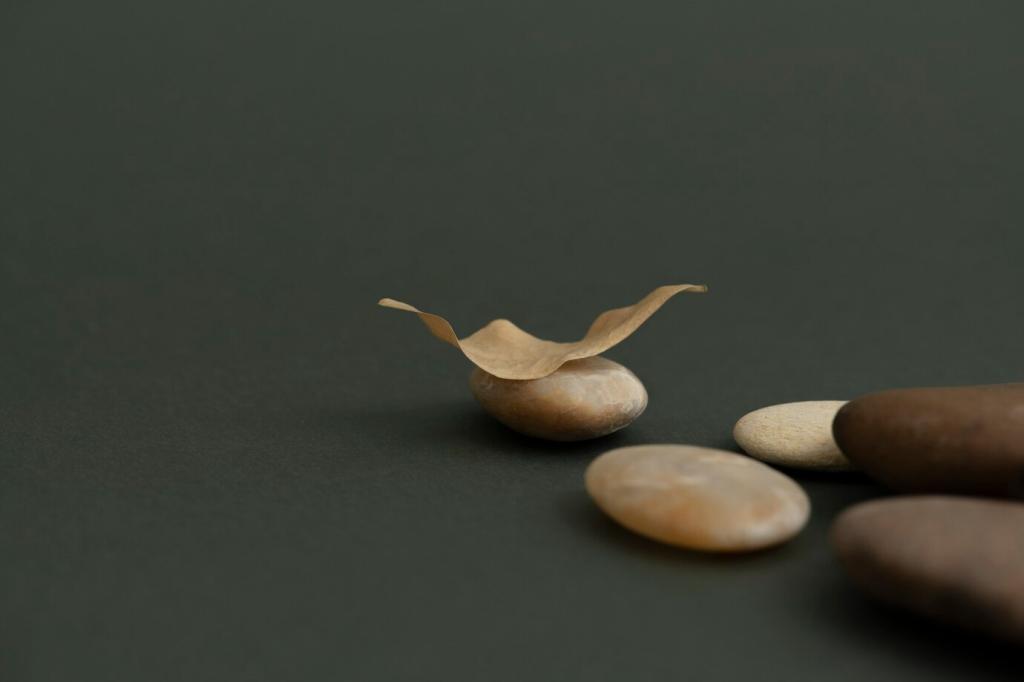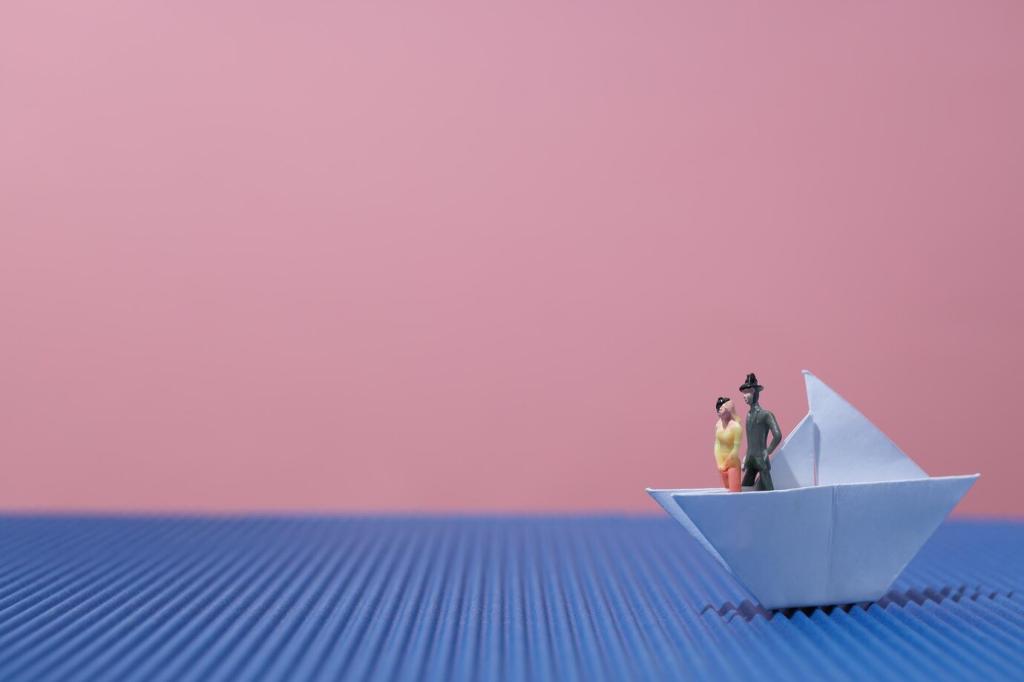Palette and Light: Painting Rooms with Restraint
Agnes Martin’s gentle grids remind us that tiny differences matter. Layer warm whites, soft greys, and natural wood tones for depth. Add micro-contrast through shadows and texture, not loud hues. Which white paint undertone worked best for you—warm, cool, or neutral? Share your test swatches.
Palette and Light: Painting Rooms with Restraint
Dan Flavin used fluorescent light to shape space. You can, too, with daylight, dimmers, and concealed LEDs. Bounce light off pale walls to soften edges and lengthen rooms. Tell us your favorite window orientation and how it changes your mood throughout the day.
Palette and Light: Painting Rooms with Restraint
Minimalist interiors benefit from restraint, but a single accent can sing. Consider one indigo cushion, a rust-colored stool, or a subtle black line in artwork. Let accents punctuate, not dominate. Post a photo of your most effective small accent and explain why it works.

